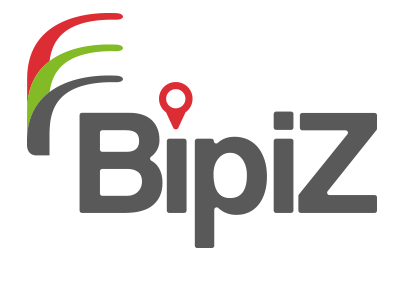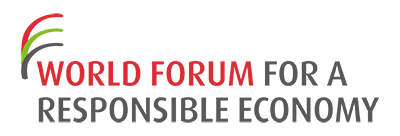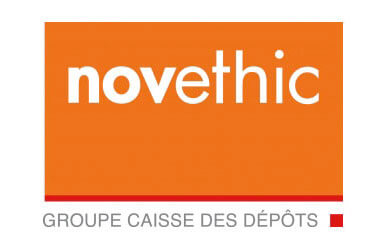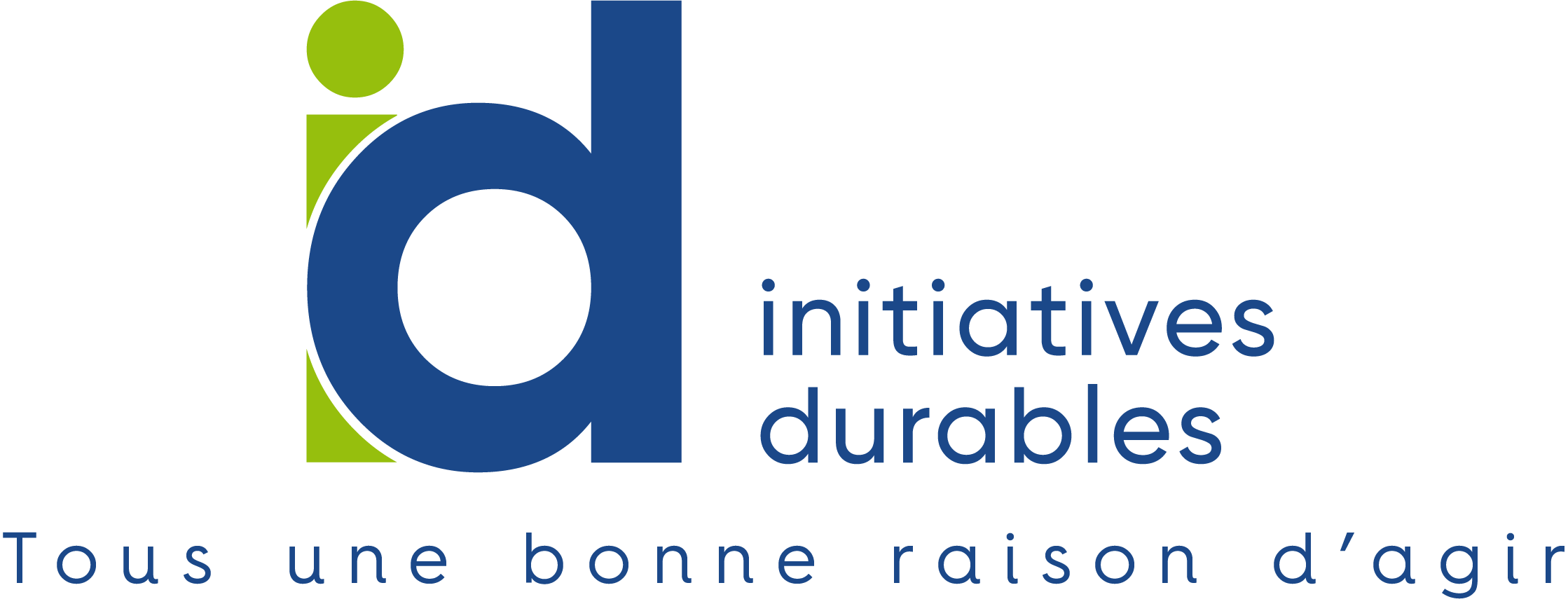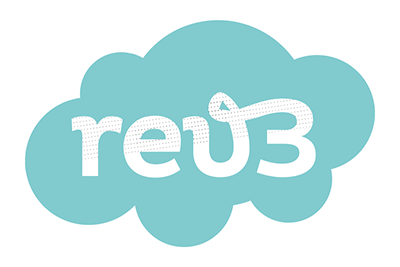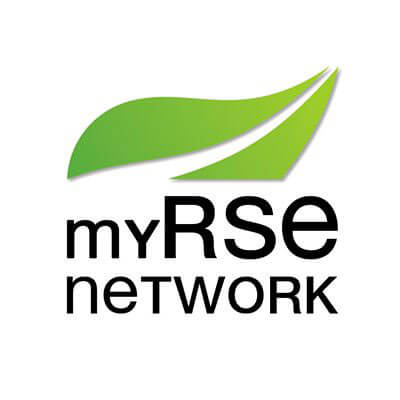With nearly 224 million customers throughout the world as of June 30th, 2012, including 166 million cell phone customers and another 15 million using the DSL and fiber optic networks, Orange is one of Europe's largest operators of cell phone and DSL Internet services as well as a global telecommunications leader for multinational corporations, under the brand name Orange Business Services. Accordingly, Orange has the duty to inform and build awareness among its various customer segments of appropriate environmentally-friendly behavior and uses.
ORANGE sets up the environmental display of the mobile and wireless phones in Europe
4. Environment
Energy / Greenhouse Gases (GHG)
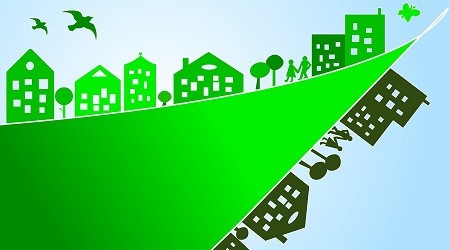

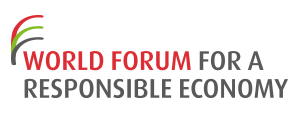
Context
Objectives
- Assist consumers in limiting their ecological impact by offering a greater choice of environmentally-friendly devices.
- Provide industry incentives to produce devices with fewer and fewer environmental impacts.
APPROACH
Since 2008 and in partnership with the World Wildlife Fund (WWF), Orange assesses the environmental impact of both its land line phones and cellular devices throughout their life cycle and provides a comprehensive transparent display of these impacts. A true pioneer in this strategy, Orange is also participating in a nationwide experimental campaign to promote environmental impact displays, as launched by France's Environment Ministry in July 2011.
The eco-tag lists, for each terminal, an overall environmental performance score, referred to as the "environmental grade", calculated on the basis of three key indicators:
- CO2 limitation: measures the quantity of greenhouse gases released during the main stages in the product life cycle: manufacturing, distribution, use, recycling;
- Natural resource conservation: measures the quantity of non-renewable materials (gold, silver, tin) included in the product composition;
- Eco-responsible design showcases initiatives adopted to improve the product's environmental performance, including restricted use of hazardous substances, traceability of diminishing resources (gold, silver, tin, tantalum), ease of product repair, reliance on recycled materials.
These indicators are derived using data collected from suppliers and undergo independent audits at the various production sites.
The environmental display is available on the orange.fr site (in online shops) as well as on the http://bienvivreledigital.orange.fr site. The environmental scorecard for terminals is posted within the network of Orange brand stores and on the price tag of all phones sold.
Across France today, 98% of cell phones and 100% of land line phones distributed by France Telecom-Orange are tagged. In the near future, Orange will be pursuing its expansion of environmental displays; after Spain and Romania, Armenia is scheduled for rollout in 2012.
To learn more about this environmental display feature on its phones, view our video available on dailymotion: http://dai.ly/xx31jf
Best Practice selected in 2011 by the World Forum Lille and updeted in 2013
CONTRIBUTION TO COMPANY PERFORMANCE
- Serves to reduce the ecological impact of Orange customers' phones, thus helping reinforce the operator's action strategy in favor of environmental protection
- Conservation of natural resources.
Benefits
- Limitation of CO2 production
- Conservation of natural resources
- Restrictions placed on the use of hazardous substances.
- Workforce
- 152 000 (2018)
- Turnover
- 41,1 milliards € (2015)
- Country
- France
